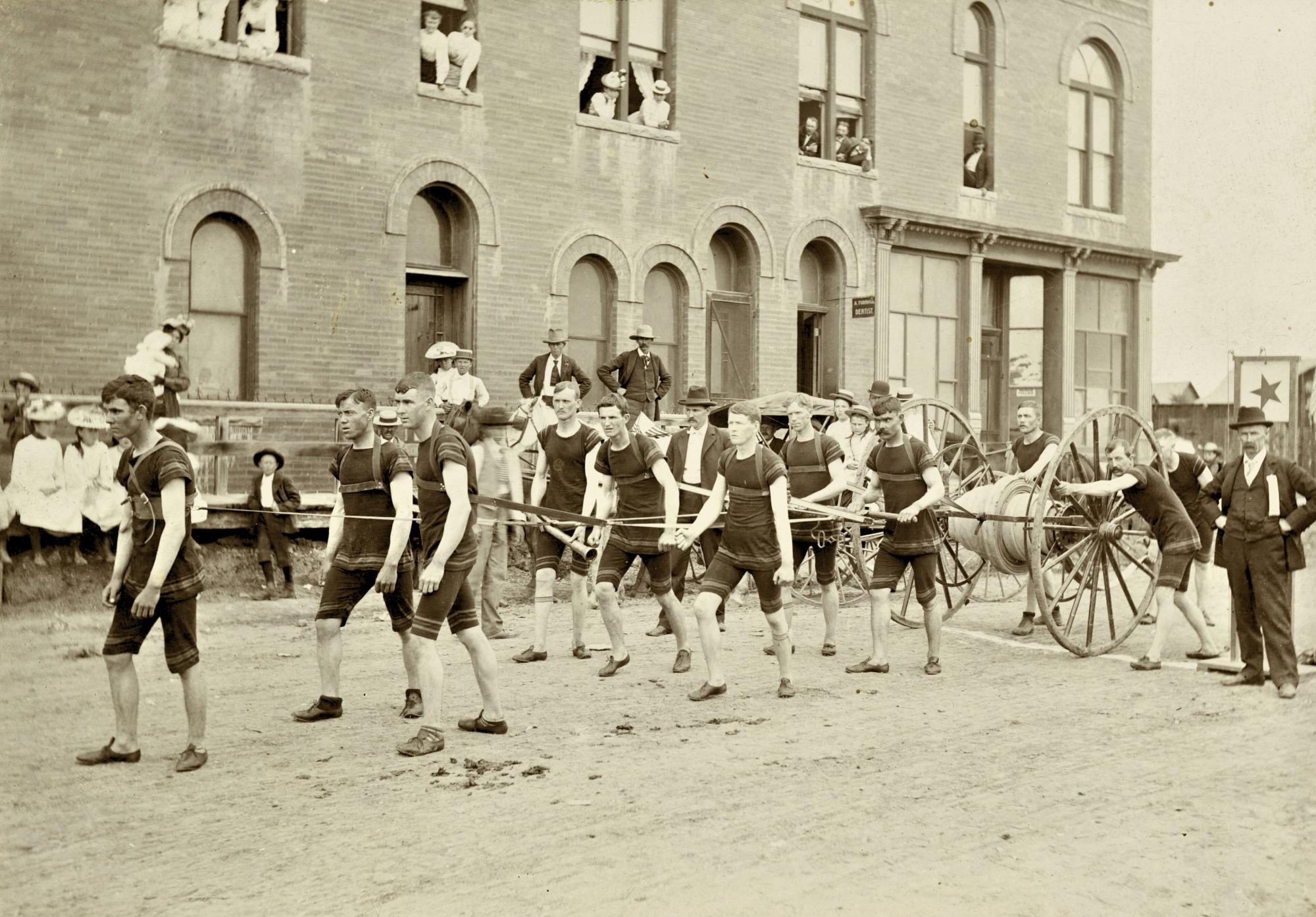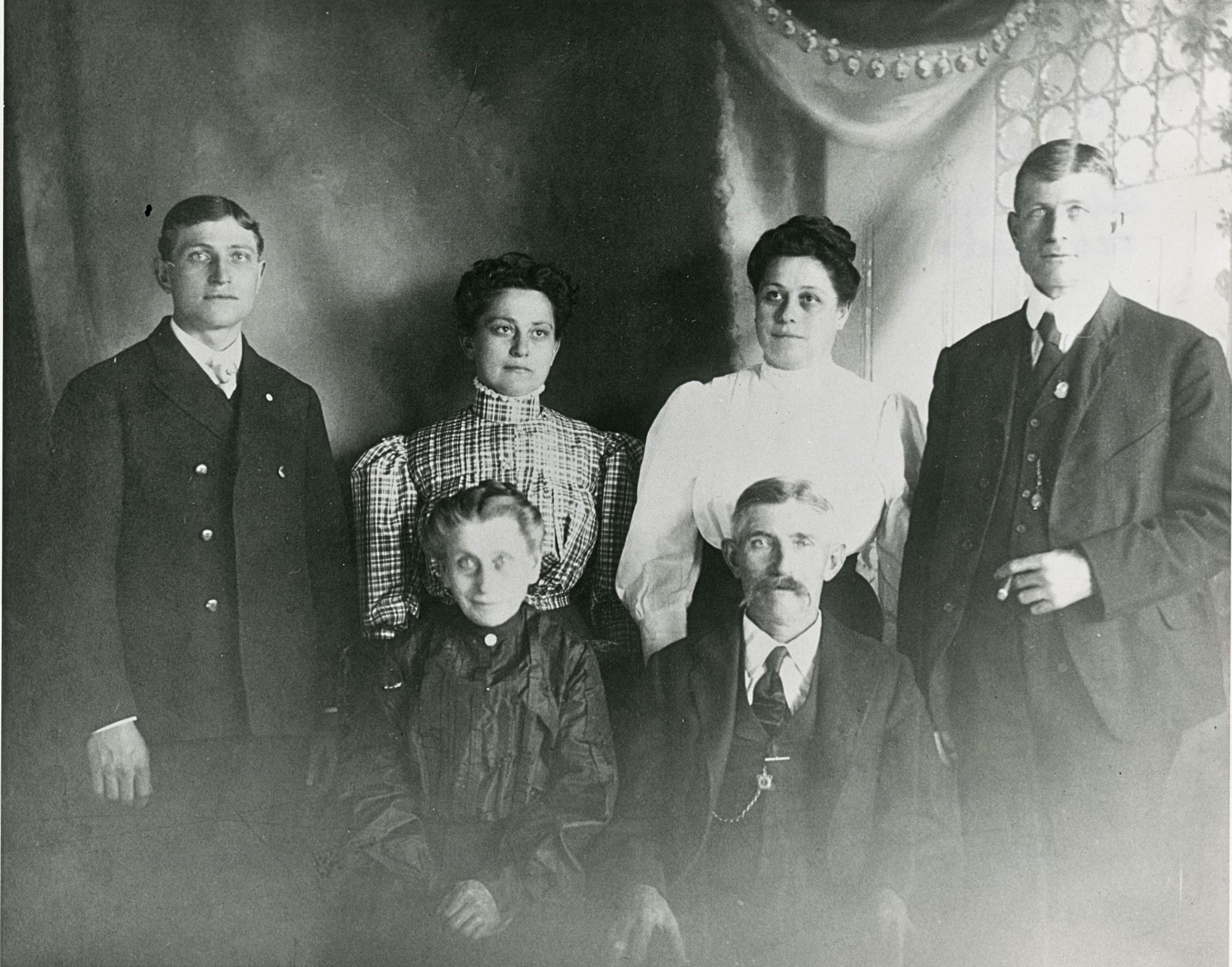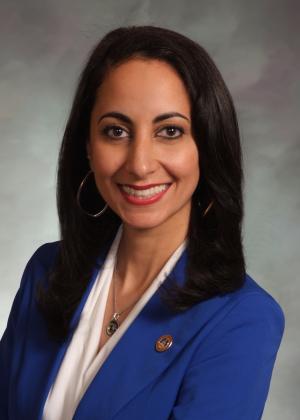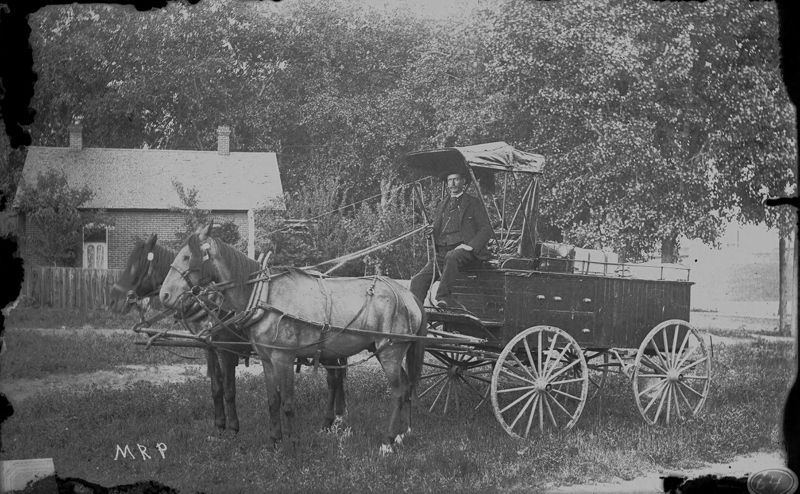This month offers an opportunity to focus on and celebrate diversity all around us.
Louisville has a rich and diverse history. Although it was founded primarily as a location for coal mining, Louisville was never a company town. Instead, different investors platted different subdivisions and people from Britain, Europe (e.g., Austria and Germany and, later, Italy, France, and Eastern Europe), and the United States moved to town. According to a 2022 PaleoWest report on Louisville’s buildings: “Louisville is characterized by diversity in its architecture, socioeconomic, and cultural history.”

How diverse was Louisville? In 1880, only 30 residents out of approximately 450, representing approximately six percent of the town’s inhabitants, were born in the United States! By the 1930 census only around 27% of Louisville residents were foreign born, and by 2021 that number dropped to only 7.5%. Although to put that in perspective 27% in 1930 represented around 460 residents, while 7.5% of today’s population represents around 1,710 residents.

This photo of the Louisville Hose Team shows Jim Kilker (front) and his brother, John Kilker, (with the mustache by the cart). The Kilker family emigrated from Ireland and are recorded in the 1880 census.
Diversity in Louisville today looks a lot different than the categories captured on early censuses which captured language and diverse, but mostly European, origins. Today we recognize that diversity encompasses race and ethnicity, age, gender and gender identity, sexual orientation, religious and spiritual beliefs, disability, and socioeconomic status and background. All of these things encompass who we are as individuals and how we are different from one another. The City is actively working to recognize and celebrate the diversity that exists today in Louisville. One of the City’s core values is Respect, which means treating people with care and consideration, celebrating differences, and encouraging authenticity.
Charles Bernhardt Niehoff, shown here, front with wife Amelia, and adult children, Bert, Katie, Jessie, and Ben, emigrated from Germany and moved to Louisville in 1877, a year before the town was officially established.
April is Arab American Heritage Month!
Arab America and the Arab America Foundation launched an initiative in 2017 to have National Arab American Heritage Month recognized around the country to celebrate the rich heritage and numerous contributions to society by Arab Americans. At that time, only a few states recognized the initiative.

In 2019, Governor Jared Polis first proclaimed April as Arab American Heritage Month in Colorado. This was due in part to the work of state Representative Iman Jodeh, D-Aurora. Jodeh was born in Denver to Palestinian parents and is the first Muslim lawmaker in Colorado’s history. Read a great interview with her from History Colorado, including her answers to questions about Colorado Muslims and how non-Muslim Coloradans can become engaged within the Colorado Islamic community.
In 2021, President Joe Biden recognized the month of April as National Arab American Heritage Month. To learn more about the Arab American Heritage Month Initiative or about accomplishments and contributions of Arab Americans, visit the Arab America Foundation.
While the Historical Museum does not have any photos or documentation of Arabs working in Louisville during the coal mining period, we do know that there were Syrian and Lebanese coal miners and business men in the southern coal fields of Colorado. Many Lebanese and Syrian individuals immigrated to the United States with varied work experiences and high goals; immigrants saw the mines as a stepping stone. A trend amongst the Lebanese and Syrian coal miners was to save as much of their income from the mines as possible. This money was saved until they could afford to branch out into other business ventures and leave the coal mines behind. These new business ventures included owning restaurants and bakeries, bartending, book-keeping, selling clothing, and ranching. Historic photographs like this one show that Syrian businessmen and vendors from southern Colorado came as far north as Boulder to sell goods and do business.

Photo of a Syrian peddler in Boulder. Courtesy Carnegie Library.